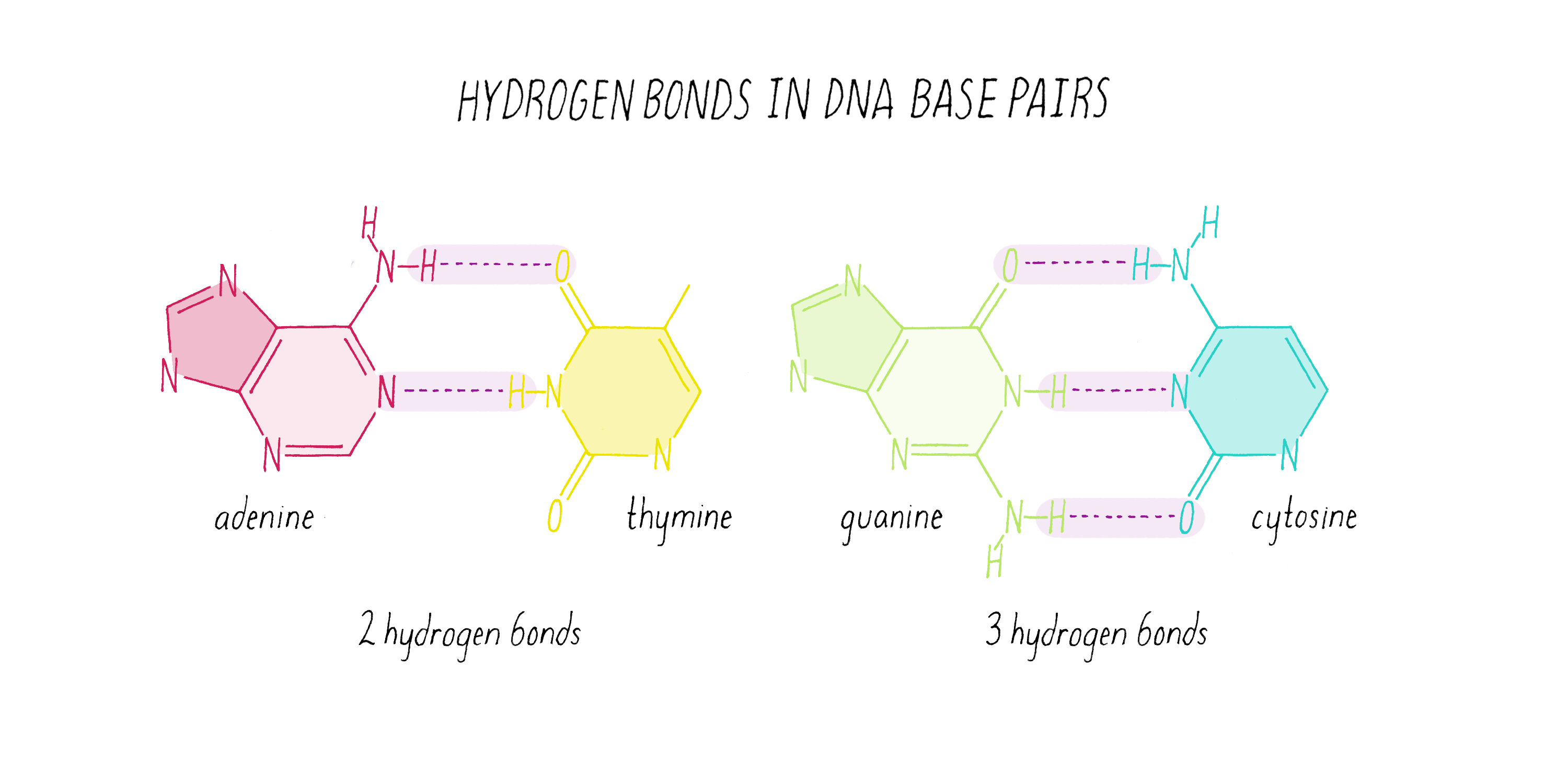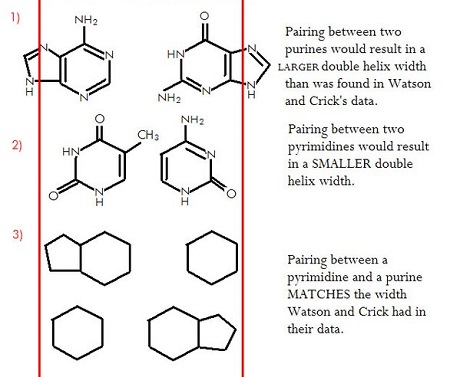Understanding the structure of DNA is crucial to comprehending the fundamental principles of genetics and inheritance. The DNA molecule is composed of two long chains of nucleotides which are twisted into a double helix. Each nucleotide consists of a phosphate group, a sugar molecule, and a nitrogenous base. There are two types of nitrogenous bases: purines and pyrimidines. Purines and pyrimidines are complementary and bond with each other to form the rungs of the DNA ladder. But why do purines specifically bond with pyrimidines? Let’s dive deeper into the reasons behind this phenomenon.
Purines and Pyrimidines
Purines and pyrimidines are two different types of nitrogenous bases found in DNA. Purines, which include adenine (A) and guanine (G), are larger, double-ring structures, while pyrimidines, such as cytosine (C) and thymine (T) in DNA, are smaller, single-ring structures. The specific structure of these bases plays a critical role in their ability to form complementary base pairs within the DNA molecule.
Complementary Base Pairing
The principle of complementary base pairing dictates that adenine always pairs with thymine, and guanine always pairs with cytosine. This bonding pattern is essential for maintaining the integrity of the DNA molecule during replication and serves as the basis for the genetic code. The specificity of purine-pyrimidine bonding ensures the accurate transmission of genetic information from one generation to the next.

Credit: explorebiology.org
Hydrogen Bonding and Molecular Structure
The precise molecular structure of purines and pyrimidines allows for the formation of hydrogen bonds between specific base pairs. Adenine forms two hydrogen bonds with thymine, while guanine forms three hydrogen bonds with cytosine. These hydrogen bonds stabilize the DNA molecule and contribute to the overall structural integrity of the double helix. The complementary pairing of purines and pyrimidines through hydrogen bonding is essential for the efficient functioning of the genetic material.
Stability and Optimal Base Pairing
Purines and pyrimidines bond with each other to ensure the stability of the DNA molecule. The size and structure of purines complement the size and structure of pyrimidines, leading to optimal base pairing. This specificity in bonding contributes to the overall stability and integrity of the DNA double helix, which is essential for the accurate storage and transmission of genetic information.
Evolutionary Advantage
The complementary bonding of purines with pyrimidines provides an evolutionary advantage by reducing potential errors during DNA replication and transcription. The specificity of base pairing minimizes the likelihood of mutations and ensures the fidelity of genetic information. This accuracy in maintaining the genetic code is crucial for the survival and adaptation of organisms over time.

Credit: study.com
Frequently Asked Questions On Why Do Purines Bond With Pyrimidines In The Dna Ladder : Unlocking The Chemistry
Why Do Purines Bond With Pyrimidines In The Dna Ladder?
Purines bond with pyrimidines in the DNA ladder to ensure complementary base pairing, which is crucial for DNA replication and transcription.
How Do Purines And Pyrimidines Contribute To Dna Structure?
Purines and pyrimidines form the building blocks of DNA by providing the necessary nitrogenous bases for the double helix structure.
What Are The Specific Purines And Pyrimidines Found In Dna?
The specific purines in DNA are adenine (A) and guanine (G), while the pyrimidines are thymine (T) and cytosine (C).
What Is The Significance Of Purine-pyrimidine Pairing In Dna?
The purine-pyrimidine pairing in DNA ensures accurate replication and promotes genetic stability by maintaining the double helix structure.
Conclusion
In conclusion, the specific bonding between purines and pyrimidines in the DNA ladder is a fundamental aspect of the molecular structure of DNA. The complementary base pairing of adenine with thymine and guanine with cytosine is essential for maintaining the genetic code and ensuring the accurate transmission of genetic information. The stability, specificity, and evolutionary advantage of purine-pyrimidine bonding highlight the critical role of these interactions in the functioning of DNA. Understanding the intricacies of purine-pyrimidine bonding enhances our comprehension of the fundamental principles underlying genetics and heredity.

